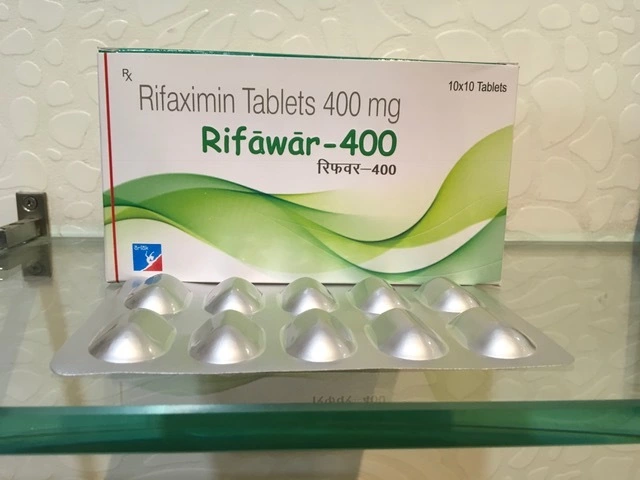COPD Inhalers: What You Need to Know
If you or someone you care about has COPD, inhalers are probably part of the daily routine. These small devices can be a game changer by helping open up airways and make breathing easier. But not all inhalers are the same. Let's break down the common types and why your doctor might suggest one over another.
Types of COPD Inhalers
Basically, there are two main types of inhalers for COPD: bronchodilators and corticosteroids. Bronchodilators relax the muscles around your airways, letting more air flow through. Corticosteroids reduce inflammation inside the lungs to keep airways from swelling up.
Bronchodilators come in short-acting and long-acting versions. Short-acting inhalers work quickly, perfect when you suddenly feel tight or breathless. Long-acting inhalers work over many hours or even a whole day to keep symptoms under control.
Sometimes your treatment might combine both bronchodilators and steroids in one inhaler. This combo can be very effective if you have frequent flare-ups or more severe symptoms.
Choosing & Using Your Inhaler
Picking the right inhaler mainly depends on how bad your COPD symptoms are and your treatment goals. Your doctor will consider your breathing tests, history, and how often you need relief to decide the best option.
Using the inhaler correctly is just as important as choosing the right type. Incorrect technique is a common problem and can make the medicine less effective. Your healthcare team should show you how to use the device properly, whether it's a metered-dose inhaler, dry powder inhaler, or a soft mist inhaler.
Keep your inhaler clean and always carry it with you if you're prone to sudden symptoms. If you notice it’s not helping as much as before, let your doctor know. Sometimes, your COPD treatment needs tweaking for better control.
Remember, COPD inhalers are tools to help you breathe easier and stay active. Understanding how they work and using them right can make a real difference in managing COPD day-to-day.

Top Symbicort Alternatives in 2025: What You Need to Know
- Date: 24 Mar 2025
- Categories:
- Author: David Griffiths
As we journey into 2025, patients seeking alternatives to Symbicort can explore a wide range of options. This article dives into each alternative, providing insights into their pros and cons, with a particular focus on Trelegy. By understanding these alternatives, patients and healthcare professionals can make informed decisions tailored to individual needs. Learn about the advantages and disadvantages of these inhalers and how they compare to Symbicort in terms of efficacy and convenience.




